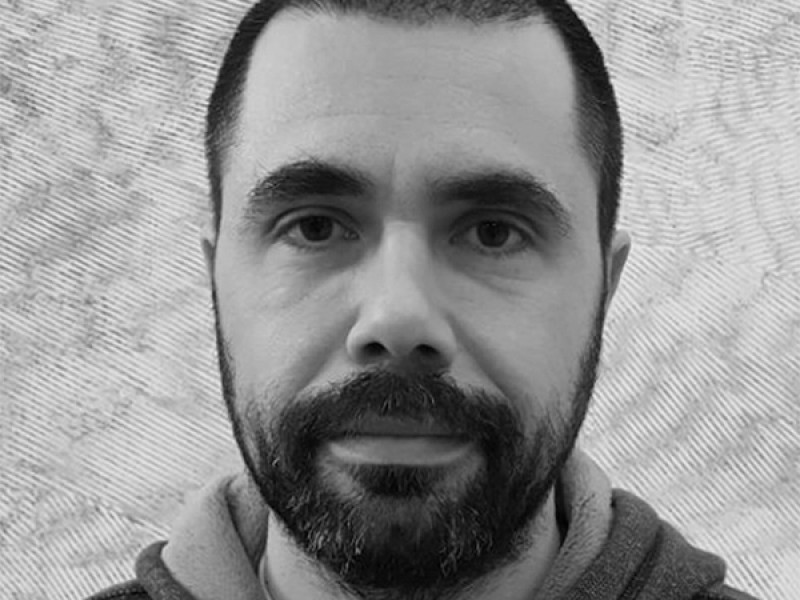Antonis Donef (b. 1978,Sofia,Bulgaria) has works in the most prominent private and institutional collections like the UAE Royal Family Collection, the Abu Dhabi Tourism and Culture Authority Collection, the Dakis Joannou - DESTE Foundation collection, the European Central Bank Collection and more. He has been awarded with the "Art House Shanghai Residency Award" in 2010. Donef is included in Vitamin D2, a major new book published by Phaidon, which is an international survey on contemporary drawing. Solo exhibitions include Casado Santapau Gallery (2016),The Breeder (2012),Kalfayan Galleries (2009). Group exhibitions include:Ametria at Benaki Museum Athens, “Hell As Pavillion”, curated by Nadia Argyropoulou, Palais de Tokyo, Paris,“Galerie Utopia – Forgotten Bar Project” as part of Remap 3, Athens, “Visual Arts 3” at the State Museum of Contemporary Art, Thessaloniki.
Donef’s practice reflects the controversial relation of the artist with the power which is imposed by the printed media. It is essentially an act of rebellion against the conventional procedure of consuming knowledge through books. Donef’s art divides into three separate phases, each of them stirred by its peculiar creative necessity.
At first there is Donef the collector, the hunter and gatherer of rare printed matter. He strolls through the second-hand and antique bookstores in hunt for old encyclopedias, almanacs, illustrated reference books and any other odd manuscript he can lay his hands on. At the same time, his beloved books and especially those compilations of a body of information commonly called compendium, represent the static and purely subjective knowledge of a certain period of human history.
Tangled in this bizarre love and hate relationship with the printed word, Donef the assembler – the second phase of his creations – emerges. After a careful and often agonizing selection he tears the pages out of the books, rearranges them by his own rules and sticks them onto the canvas. The written pages of presumptuous knowledge – yellowed by time, saturated with history and often rendered indecipherable to the common viewer, as they are written in languages not using the Latin letters, but alphabets such as Greek, Russian or Chinese – lie flat on the canvas, incoherently arranged side by side, giving the viewer a purely pictorial impression.
At this point the artist proceeds to the third phase – the completion of the alienation of the word – becoming Donef the miniaturist. With the use of a traditional fountain pen dipped into Indian ink – commonly used in the past to write or print books – he starts by timidly enhancing the pictures and marginalia lingering on the pages, then slowly growing bolder, he works his way up to increasingly complex illustrations.
